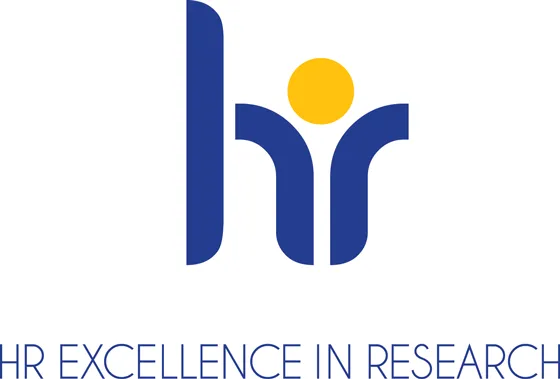Correction of Spherical Aberration in Electron Microscopes Using Light

Scientists from the Faculty of Mathematics and Physics at Charles University have developed a method for correcting spherical aberration in optical elements in electron microscopes using a shaped laser beam. The results were published in the journal Nature Photonics.
Focusing optical elements, such as lenses or curved mirrors, are subject to defects (aberrations) which, if not compensated for, would result in an imperfect and blurred image obtained by a camera or microscope. The basic imaging defect is known as spherical aberration. When we observe an object with a high-magnification magnifying glass, the object appears curved. This is a consequence of the dependence of the focal length on the distance of the rays from the optical axis, where the rays at the edge of the lens focus at shorter distances than those in the center, leading to image curvature and reduced resolution.
Similar defects are also present in electron microscopes, which use a stream of electrons accelerated to high energy to image samples with spatial resolution allowing individual atoms in materials to be observed. However, this requires compensating for the defects of electron lenses with complex and expensive assemblies of multipole electron-optical elements called aberration correctors.
The team of Martin Kozák from the Department of Chemical Physics and Optics replaced these multi-element correctors with a single interaction of electrons with a specially shaped laser beam. „We have shown that if an electron beam passing through a set of lenses with imaging aberrations is illuminated by an ultrashort laser pulse with the correct shape, it is possible to compensate for these aberrations. This proof-of-concept experiment demonstrated that this principle can be used in practice in specially modified electron microscopes with short pulses. The application of this method to classical microscopes working with continuous electron beams will be the subject of our further research,“ says Marius Constantin Chirita Mihaila, the first author of the study.

The study is part of the eWaveShaper project, for
which M. Kozák received the prestigious ERC Starting Grant in 2022. The aim of
this research is to develop new methods enabling ultra-fast control and imaging
of electron dynamics in solids using light and pulsed
electron beams.
Chirita Mihaila, M.C., Koutenský, P., Moriová, K. et al. Light-based electron aberration corrector. Nat. Photon. (2025). https://doi.org/10.1038/s41566-025-01760-8
Related articles:
Quantum Electronics in Silicon and Diamond
KCHFO







